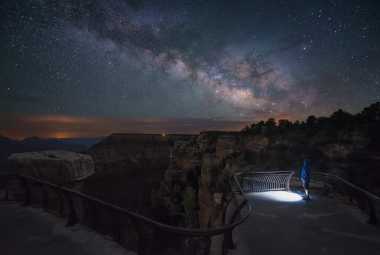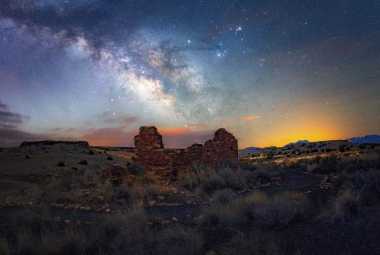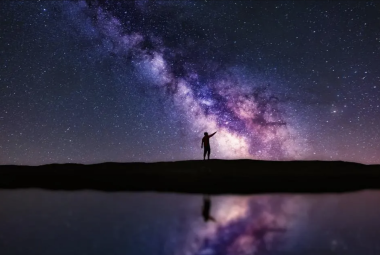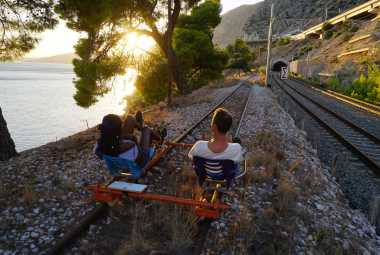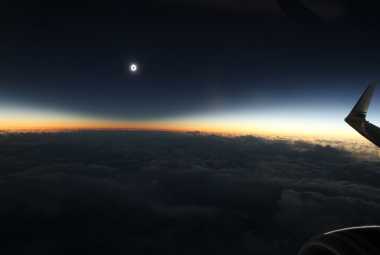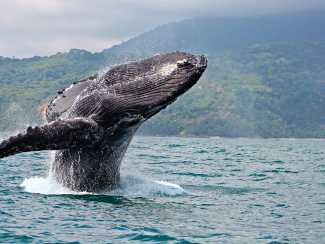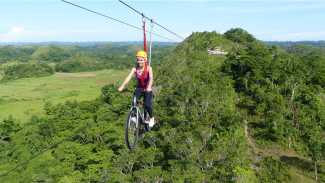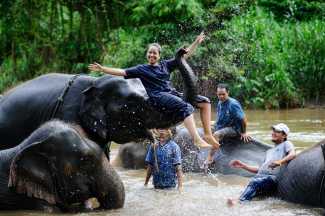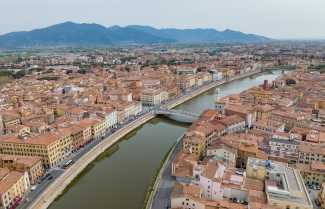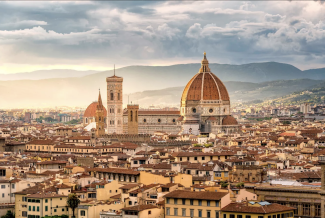Image by Isogood_patrick/Shutterstock
*Vacation Mode is a for-profit site. It contains paid banner advertisements that are generated and managed by a third-party network. This site also includes relevant affiliate links (both in the content and on the sidebar) all of which we do our best to clearly mark as such.
Quick Summary
- Dark-sky destinations are locations known for their excellent night sky preservation, ideal for stargazing and observing celestial bodies.
- Death Valley National Park is popular for stargazing due to its remote location, minimal light pollution, and clear night skies.
- Features that make Death Valley ideal for stargazing include its natural beauty, minimal light pollution, and visibility of diverse celestial bodies.
- Best spots in Death Valley for stargazing include Dante's View, Harmony Borax Works, and Mesquite Flat Sand Dunes.
- Benefits of visiting a Dark-sky destination include clearer and more vibrant views of the night sky, opportunities for astrophotography, and relaxation and connection with nature.
- Planning a trip to Death Valley for stargazing involves selecting the right time to visit, checking for park events, preparing essential gear, and following safety precautions.
- Other notable Dark-sky destinations around the world include the Atacama Desert in Chile, Mauna Kea Observatories in Hawaii, NamibRand Nature Reserve in Namibia, and Cherry Springs State Park in Pennsylvania.
- Death Valley National Park is a top dark-sky destination due to its remote location, lack of light pollution, and clear skies.
- Light pollution affects stargazing by diminishing the visibility of stars and celestial objects.
- There are designated stargazing areas in Death Valley National Park, such as the Harmony Borax Works parking lot.
- The best time to visit Death Valley for stargazing is during the winter months for longer nights and clearer skies.
- Visitors can bring their own telescopes to Death Valley National Park but must adhere to certain restrictions to protect the environment.
- Ranger-led stargazing programs are available in Death Valley National Park, offering educational presentations and telescope viewing.
Have you ever marvelled at the beauty of the night sky, free from the glare of city lights? Dark-sky destinations offer the perfect opportunity to experience the wonder of the cosmos.
In this article, we will explore why Death Valley National Park is a popular dark-sky destination, the features that make it ideal for stargazing, the best spots for viewing the night sky, and the benefits of visiting such a location.
We will provide tips on how to plan a trip to Death Valley for stargazing and highlight some other dark-sky destinations around the world.
Join us on this journey to discover the magic of the night sky!
What Is a Dark-Sky Destination?
A Dark-sky destination refers to a location known for its exceptional preservation of the night sky, making it an ideal spot for stargazing and astronomy enthusiasts to observe celestial bodies.
These destinations offer visitors the opportunity to witness the beauty of the cosmos in its purest form, away from the light pollution of urban areas. By minimizing artificial light, Dark-sky locations enhance the visibility of stars, planets, and galaxies, creating a mesmerizing panorama that captivates observers. The dark, velvety sky provides a backdrop for astronomical wonders, allowing astronomers and stargazers to delve into the mysteries of the universe and marvel at the magic of the night sky.
Why Is Death Valley National Park a Popular Dark-Sky Destination?
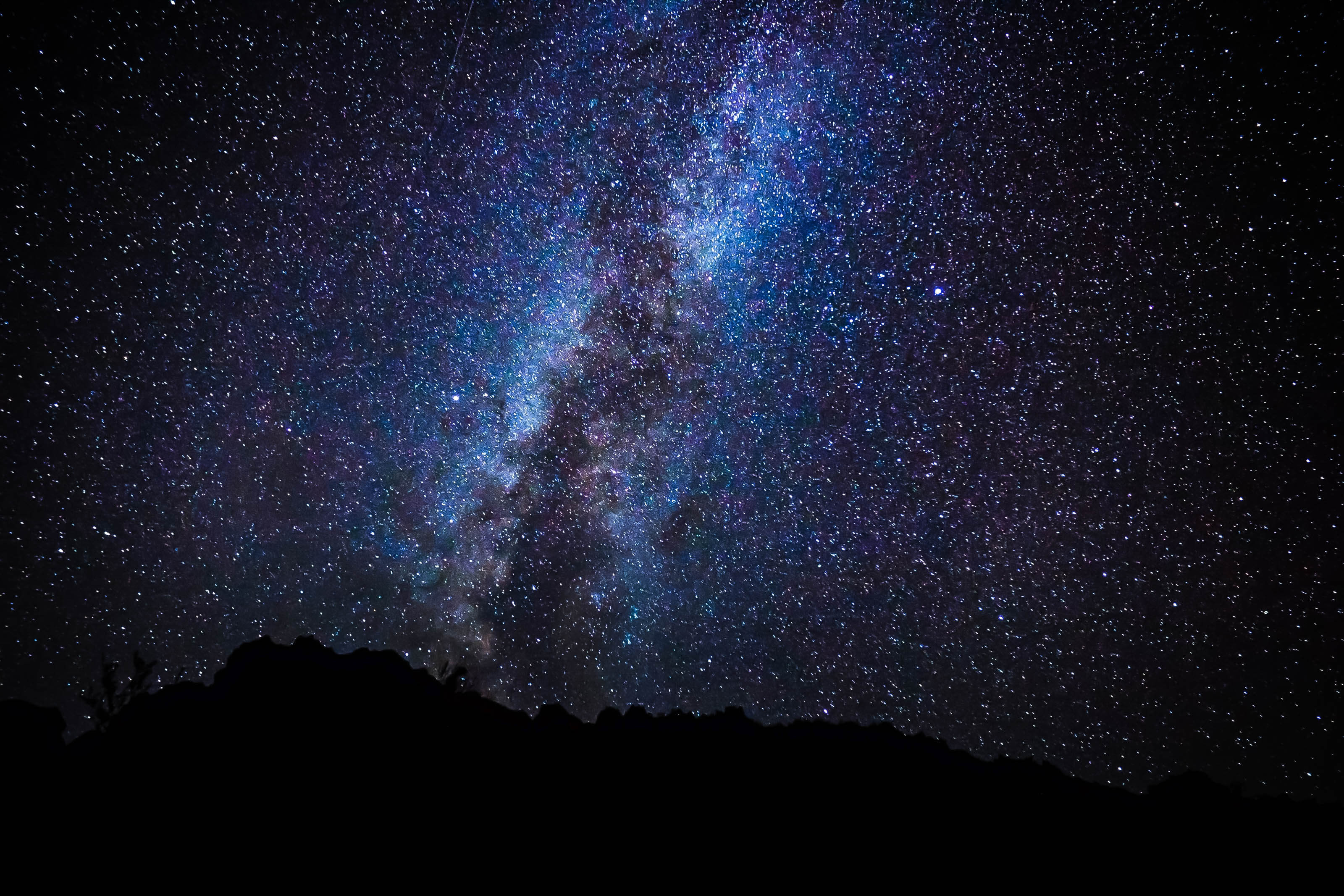
Death Valley National Park in California stands out as a popular Dark-sky destination, attracting stargazing enthusiasts and astronomers due to its unique combination of natural beauty and clear night skies.
The park's remote location and minimal light pollution make it an ideal spot for observing celestial wonders, with its vast open spaces allowing for uninterrupted views of the stars above. Many visitors are drawn to Death Valley for its stunning night sky views, which offer a breathtaking display of constellations, planets, and even the Milky Way galaxy. Stargazing in this designated Dark-sky park provides a rare opportunity to witness the mysteries of the universe in all their glory, making it a bucket-list destination for astronomy enthusiasts.
What Are the Features of Death Valley National Park That Make It Ideal for Stargazing?
Death Valley National Park boasts a myriad of features that render it an exceptional stargazing destination, including its pristine natural beauty, minimal light pollution, and abundant celestial bodies that adorn the night sky.
The park's remote location, nestled in the Mojave Desert of California, contributes to its remarkably low levels of light pollution, providing stargazers with the perfect canvas for observing the universe.
Within the park's expansive boundaries, visitors can witness a diverse array of celestial bodies, from shimmering stars to distant galaxies, making each night an awe-inspiring experience.
The clarity of constellations in the night sky at Death Valley creates a captivating atmosphere for astronomy enthusiasts, offering a chance to connect with the cosmos in a truly remarkable setting.
What Are the Best Spots in Death Valley National Park for Stargazing?
Several prime spots within Death Valley National Park offer unparalleled stargazing opportunities, with vistas perfect for viewing the Milky Way, capturing star clusters, and engaging in mesmerizing astrophotography sessions.
One of the top locations known for stargazing excellence in Death Valley National Park is Dante's View. From this elevated vantage point, visitors can witness the breathtaking spectacle of the night sky, including the luminous band of the Milky Way stretching across the darkness.
Another must-visit spot is Harmony Borax Works, where the wide-open spaces provide an ideal setting for observing star clusters with remarkable clarity.
For those seeking to enhance their astrophotography skills, Mesquite Flat Sand Dunes present a stunning backdrop for capturing celestial wonders against the backdrop of shifting sands.
What Are the Benefits of Visiting a Dark-sky Destination?
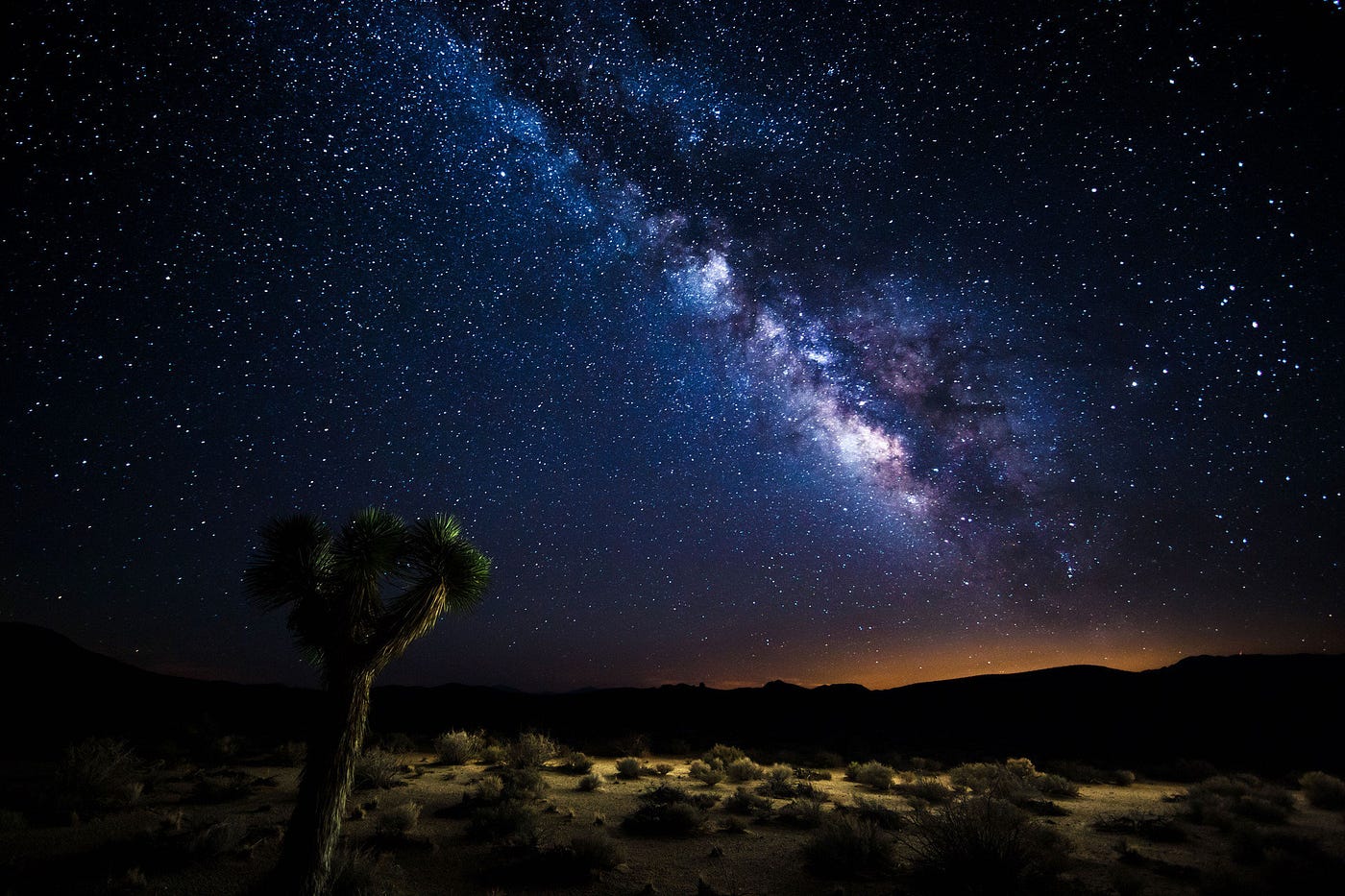
Visiting a Dark-sky destination offers a range of benefits, from providing clearer and more vibrant views of the night sky for astronomy enthusiasts to offering a serene environment for relaxation and connection with nature.
Being in a Dark-sky location allows individuals to witness celestial phenomena with increased visibility, such as shooting stars, planets, and constellations, which may not be easily observable in light-polluted areas.
The tranquil setting of these destinations provides a perfect escape from the hustle and bustle of everyday life, allowing visitors to unwind and appreciate the beauty of nature under the enchanting canopy of stars.
Clearer and More Vibrant Views of the Night Sky
One of the primary benefits of visiting a Dark-sky destination is the opportunity to witness clearer and more vibrant views of the night sky, featuring dazzling displays of starry nights, the Milky Way, and various celestial bodies that illuminate the darkness.
The unparalleled clarity of the night sky in these remote locations offers an immersive experience, allowing stargazers to marvel at the intricate beauty of constellations etched across the celestial canvas. The Milky Way, a majestic ribbon of light stretching across the firmament, weaves a tale of cosmic wonder. Each twinkling star, like a beacon in the endless sea of darkness, adds to the enchantment of the night, creating a magical ambiance that captivates observers and invites them to ponder the mysteries of the universe.
Opportunity for Astrophotography
Dark-sky destinations provide an exceptional opportunity for astrophotography enthusiasts to capture stunning night scenes, star clusters, and celestial phenomena through the art of photography.
These locations are prized for their minimal light pollution, making them ideal for showcasing the brilliance of the night sky. The clear, unpolluted atmosphere allows photographers to capture intricate details of galaxies, nebulae, and even meteor showers with unparalleled clarity.
In addition, the long exposure times made possible by the dark skies enable photographers to experiment with different techniques, creating mesmerizing images that blend artistry and science seamlessly. Professional and amateur astrophotographers flock to these destinations to hone their craft and capture truly breathtaking moments in the cosmos.
Relaxation and Connection with Nature
Beyond stargazing and astronomical wonders, Dark-sky destinations offer visitors a unique chance to unwind, relax, and establish a profound connection with nature, surrounded by captivating wildlife, diverse landscapes, and serene environments.
These destinations provide an escape from the hustle and bustle of daily life, allowing one to immerse themselves in the peaceful embrace of the natural world. From the gentle rustling of leaves in the wind to the soft calls of nocturnal creatures at night, every moment spent in these tranquil settings encourages a sense of calm and wonder.
The opportunity to observe wildlife in their natural habitats adds an element of excitement and appreciation for the interconnectedness of all living beings. As day transitions to night, the dark skies reveal a canvas of stars that ignites a sense of awe and wonder, inviting visitors to contemplate the vastness of the universe and their place within it."
How to Plan a Trip to Death Valley National Park for Stargazing?
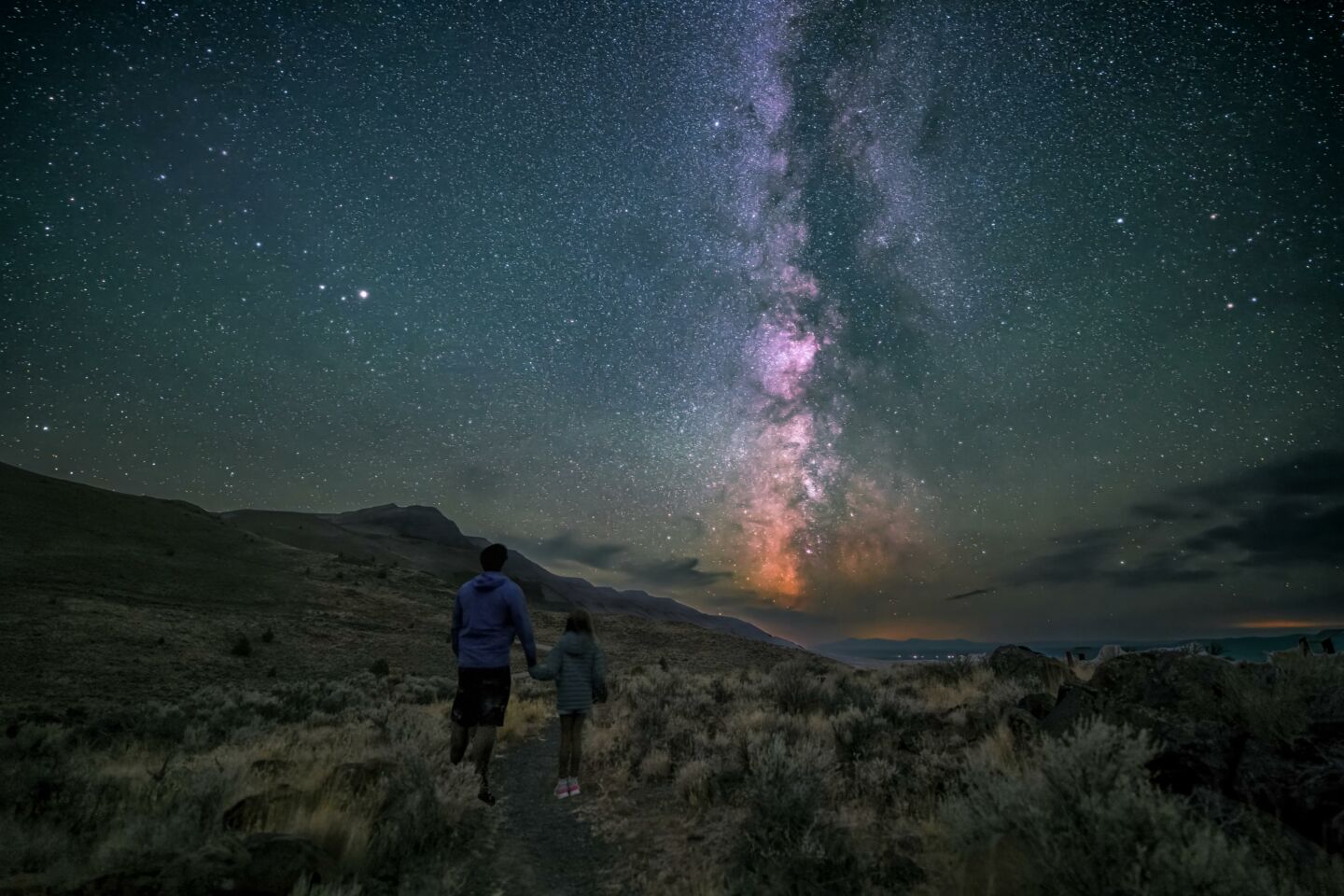
Planning a trip to Death Valley National Park for stargazing involves careful considerations such as selecting the right time to visit, checking for park events or programs, preparing essential gear, and following safety precautions for a memorable and secure experience.
- To begin with, determining the optimal time for a stargazing trip in Death Valley is crucial, as the park's remote location and dark skies offer exceptional celestial views. Often, planning your visit during a new moon phase is ideal to minimize light pollution and enhance visibility of stars.
- Exploring the park's scheduled astronomy programs or night sky tours can provide valuable insights and enhance your overall experience. Assembling necessary stargazing equipment like a telescope, binoculars, star charts, and a red flashlight is essential for observing celestial bodies with clarity and detail.
Choose the Right Time to Visit
Selecting the ideal time to visit Death Valley National Park for stargazing is crucial, considering factors such as celestial events, weather conditions, and the occurrence of special astronomical phenomena that enhance the night sky experience.
One key celestial event to plan your stargazing trip around is a meteor shower. Witnessing shooting stars streak across the sky can be a mesmerizing experience, and timing your visit to coincide with a meteor shower can significantly boost your chances of catching this breathtaking phenomenon.
Being aware of the moon phase is essential, as a new moon provides the darkest skies for optimal stargazing, allowing you to see fainter stars and deep-sky objects more clearly.
Check for Events or Programs at the Park
Exploring the availability of stargazing events, ranger-led programs, and star parties at Death Valley National Park can enhance the overall experience, providing additional insights, guidance, and communal stargazing opportunities for visitors.
These interactive activities not only allow participants to gaze at the brilliant night sky but also offer a deeper understanding of astronomical phenomena. Engaging in ranger-led programs can lead to learning about the constellations, planets, and stars visible in the dark desert skies. Attending star parties brings together a community of stargazers, fostering a shared passion for astronomy while giving a chance to connect with like-minded individuals. Such events create a unique blend of education, entertainment, and social interaction under the vast, starlit canopy of Death Valley.
Prepare the Right Gear and Equipment
Assembling the appropriate gear and equipment, including telescopes, binoculars, cameras for astrophotography, and camping essentials, is essential for a successful stargazing trip to Death Valley National Park, ensuring optimal viewing and comfort during nighttime adventures.
Telescopes are the backbone of any serious stargazing endeavor, allowing you to observe distant celestial bodies with clarity. While compact and portable models are convenient for travel, larger Dobsonian telescopes offer superior magnification.
Binoculars are also a valuable tool for scanning the night sky, especially for wide-field observations. For capturing the beauty of the cosmos through photography, investing in DSLR cameras with manual settings and wide-angle lenses is recommended.
Camping provisions like a sturdy tent, sleeping bag, portable stove, and ample water supply are crucial for a safe and enjoyable experience under the starlit skies of Death Valley.
Follow Safety Precautions
Prioritizing safety precautions when embarking on a stargazing adventure in Death Valley National Park is paramount, involving considerations for environmental conservation, responsible night-time activities, and awareness of potential risks in the remote desert setting.
By being mindful of the fragile ecosystem within the park, visitors can minimize their impact on the environment and preserve its natural beauty. Practicing Leave No Trace principles, such as packing out all waste and refraining from disrupting wildlife habitats, is essential. Engaging in nighttime activities with minimal light pollution not only enhances the stargazing experience but also helps protect nocturnal animals and maintain the dark skies. Staying on designated trails and carrying essential supplies are crucial for staying safe while exploring the park's rugged terrain."
What Are Some Other Dark-sky Destinations in the World?
In addition to Death Valley National Park, several other Dark-sky destinations around the globe offer exceptional opportunities for stargazing and astronomy enthusiasts to marvel at the wonders of the night sky.
One such remarkable location is the Atacama Desert in Chile, renowned for its crystal-clear nights and dry climate, making it an ideal spot for astronomical observations. The Mauna Kea Observatories in Hawaii, perched atop a dormant volcano, provide a unique vantage point above the clouds for astronomers to study celestial phenomena. Dark-sky reserves like Brecon Beacons in Wales and Exmoor in England offer immersive experiences away from light pollution, allowing visitors to witness the beauty of the cosmos in all its glory."
Mauna Kea, Hawaii
Mauna Kea in Hawaii stands out as a renowned Dark-sky destination, attracting astrotourists and conservation enthusiasts alike due to its exceptional stargazing opportunities and conservation efforts to preserve the pristine night skies.
Its elevation, reaching over 13,000 feet above sea level, offers a clear and unpolluted view of the cosmos, making it a prime spot for astronomers and stargazers. The Mauna Kea Observatories, perched atop the peak, house some of the world's most advanced telescopes, allowing visitors to delve deeper into the mysteries of the universe. The Mauna Kea Visitor Information Station provides educational programs and guided stargazing sessions, enhancing the overall experience for those seeking to connect with the wonders of the night sky.
NamibRand Nature Reserve, Namibia
The NamibRand Nature Reserve in Namibia is celebrated as a prime Dark-sky destination, renowned for its captivating desert ecosystem, abundant wildlife sightings, and the remarkable clarity of the night sky that enchants stargazing enthusiasts.
Nestled within this pristine desert landscape, the NamibRand Nature Reserve offers a truly immersive experience for nature lovers and explorers alike. As the sun sets over the horizon, a whole new world awakens in the vast expanse of the reserve, revealing a myriad of nocturnal creatures that come to life under the blanket of stars. The tranquil setting and unpolluted skies create an ideal environment for mesmerizing stargazing sessions, where constellations twinkle brightly, and the Milky Way stretches out in all its celestial glory.
Cherry Springs State Park, Pennsylvania
Cherry Springs State Park in Pennsylvania has established itself as a premier Dark-sky destination, renowned for its outstanding opportunities for astrophotography, star parties, and immersive stargazing experiences that captivate visitors of all ages.
The park's strategic location shields it from light pollution, offering pristine night skies perfect for capturing breathtaking astrophotography shots. Enthusiasts flock to the park to attend the popular star parties, where they can interact with experts, learn about celestial phenomena, and observe the wonders of the universe through high-powered telescopes.
Whether you're a seasoned stargazer or a novice, Cherry Springs State Park promises enchanting nights under the stars that leave a lasting impression on all who visit.
Frequently Asked Questions
What makes Death Valley National Park a top dark-sky destination?
Death Valley National Park is a top dark-sky destination due to its remote location, lack of light pollution, and clear desert skies.
What is light pollution and how does it affect stargazing?
Light pollution is the brightening of the night sky caused by artificial light sources such as streetlights, buildings, and cars. It can greatly diminish the visibility of stars and other celestial objects, making it difficult to stargaze.
Are there any designated stargazing areas in Death Valley National Park?
Yes, there are several designated stargazing areas in Death Valley National Park, including the Harmony Borax Works parking lot, which offers 360-degree views of the night sky.
What is the best time of year to visit Death Valley for stargazing?
The best time of year to visit Death Valley for stargazing is during the winter months, from mid-November to early March, when the nights are longer and the skies are clearer.
Can I bring my own telescope to Death Valley National Park?
Yes, visitors are welcome to bring their own telescopes to Death Valley National Park for stargazing. However, it is important to note that there are restrictions on where and how telescopes can be set up in the park to protect the natural environment.
Are there any guided stargazing activities available in Death Valley National Park?
Yes, there are ranger-led stargazing programs offered at Death Valley National Park. These programs include telescope viewing and educational presentations about the night sky.


